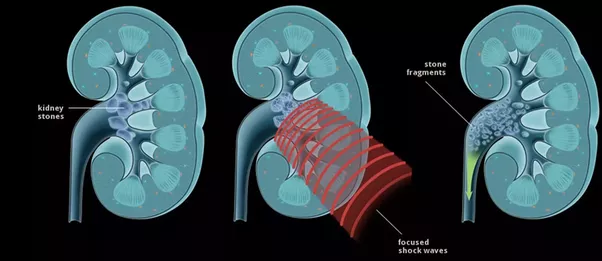Kidney Stone Removal Surgery Cost
A ureteroscope, a flexible, thin tube that goes into the ureter, is used in the surgical removal of kidney stones. The physician inserts the ureteroscope into the urethra to locate the stone. During this procedure, a small laser or basket device is used to break up the stone. The stone is removed from the urinal tract and a stent is inserted into the urethra.
During the procedure, a general anesthesia is administered and the patient is placed in a prone or supine position. The patient is then in a recovery room for one to three days. The procedure involves making a small incision in the flank and passing a hollow working sheath up the ureter. The doctor then passes a thin, flexible endoscope through the working sheath into the kidney. This enables the surgeon to visualize and remove the stone. Depending on the size and type of stone, lithotripters or lasers may be used to fragment the stone. Kidney stone removal surgery cost After the procedure, a flush of the urinary tract is performed to prevent infection.
A ureteroscopic procedure involves passing a thin, flexible tube into the ureter, where the surgeon can break up the stone using a camera attached to a small endoscope. The procedure is performed under general anesthesia and typically requires a one to three-day hospital stay. The recovery process is usually painless, and most patients can return home the same day.
Another method of removing kidney stones is surgery. The procedure involves placing the patient under general anesthesia in a supine or prone position and passing a flexible scope into the urinary tract. During the procedure, an endoscope is inserted through the working sheath to see the stone, which is then removed. This procedure usually requires a week off of work, and requires a recovery period of at least one day.
A ureteroscopic stone removal procedure is the most common method of surgically removing kidney stones. During this procedure, a surgeon inserts a tiny endoscope into the ureter, where he or she can break up the stone and then remove it. The procedure typically takes about a half-hour to complete. The patient is usually given general anesthesia and is expected to remain in the hospital for up to a week after the procedure.
Percutaneous nephrolithotomy is a surgical procedure that removes kidney stones with a small incision in the back. It uses a special device called a ureteroscopy to guide the procedure. The device allows the doctor to view the inside of the ureter, and a basket-like device is used to remove the stone. The patient is usually awake during the procedure, but will likely feel some discomfort afterward.
A percutaneous stone removal is a common surgical procedure for large stones. A small incision is made on the back of the patient and a tunnel is created through the urethra. A small tube is inserted into the kidney through this tunnel, and the stone is removed through the tube. A ureteroscope is a thin, hollow tube that is used in this procedure. During the procedure, a surgeon will pass a thin, hollow instrument through the ureteroscope to the kidney.
The most common type of surgery for kidney stones is ureteroscopy, which removes a stone from the kidney through the ureter. Both methods are effective at removing kidney stones, but they differ in their risks. A is ureteroscopy painful thin, flexible tube that is used to reach the stone. After the procedure, a urine sample is collected and sent to a lab. It will determine the level of mineral content in the urine. People with high levels of calcium and magnesium are more prone to develop kidney stones, so they need to drink more water than they need.
kidney stone removal surgery through urethra
A percutaneous stone removal is an option for large kidney stones, which are 2 centimeters or larger. It involves making a small incision on the back and passing a tube up into the kidney. A ureteroscope, or hollow tube, is used to place a sheath into the kidney. The surgeon will remove the stone through this sheath. A drainage tube is left in the kidney after the procedure.

Post a Comment for "Kidney Stone Removal Surgery Cost"